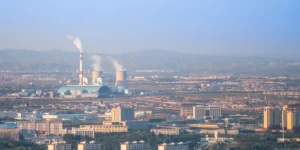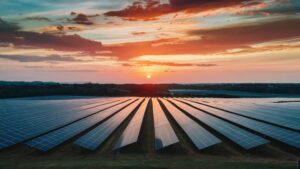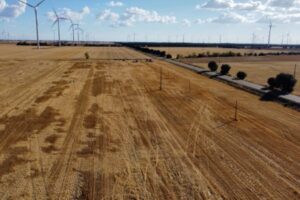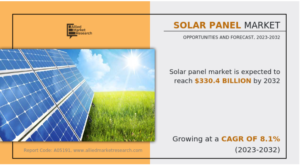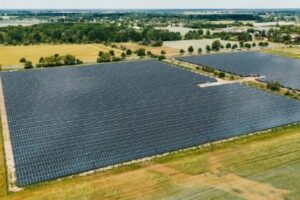Green hydrogen roadmap finalised | Uruguay plans to produce 1GW of H2 by 2030 for as little as $1.20/kg
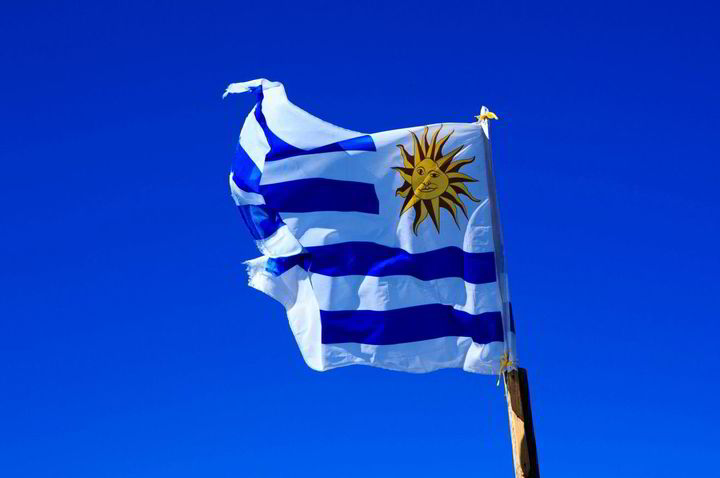
Uruguay has finally unveiled its national green hydrogen roadmap, with the aim to create a $1.9bn industry by 2040, largely via exports of renewable H2 and its derivatives.
The small South American country has already largely decarbonised its power system, reaching 94% renewable energy in 2016-22, and believes it can harness its natural resources to build a globally competitive green hydrogen industry.
“The quality, abundance and complementarity of the country’s wind and solar resources would allow the energy transition process to continue [beyond decarbonising the power sector], achieving competitive costs in the production of hydrogen at scale,” the document states.
“By 2030, green hydrogen production costs could reach $1.2-1.4/kg, with a potential for installing renewable energies greater than 90GW of power in the sites with the best wind and solar resources of wind and solar.”
The country also has plentiful sources of biogenic CO2 that can be used to produce green methanol or e-fuels, water for electrolysis, as well as high-quality iron ore that would allow the production of direct reduced iron (DRI) (made using green hydrogen) that could then be exported for the later manufacture of green steel.
The roadmap envisages domestic demand for green hydrogen of 3GW by 2040 — for the use in heavy-duty trucks, buses and tractors, with derivatives used as shipping and land-based fuels, and also in the production of fertiliser.
Article continues below the advert
A further 6GW of green hydrogen would be produced in 2040 for the export of H2, ammonia, and fuels for aviation and shipping.
And on top of that, another 5-6GW of electrolysers could be used to produce DRI for export. “This opportunity requires the development of port infrastructure in the east of the country and further analysis, which is why they [sic] are not included as goals in this roadmap,” the document explains.
In simple terms, the roadmap consists of three phases:
Phase 1 (until 2025): The promotion and development of the domestic market to “lay the foundations for the first export projects” through demonstration facilities.
Phase 2 (2026-30): The scaling up of the domestic market (in terms of both demand and production), as well as the first export projects to go into operation.
Phase 3 (2030-40): The large-scale production of hydrogen, ammonia, green fuels, raw materials or fertiliser for export (through the Port of Montevideo), and the consolidation of the domestic market.
If the goals are achieved, by 2040 the new green hydrogen industry would add $1.9bn annually to the national economy — roughly 2% of the country’s future GDP; the creation of more than 30,000 jobs; a decreased dependence on imported fossil fuels; and the decarbonisation of “other industrial sectors”.
